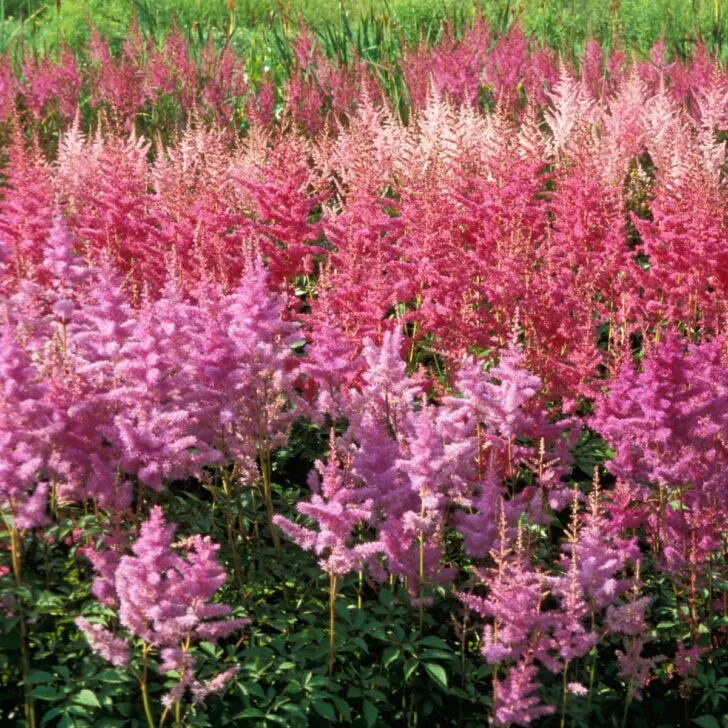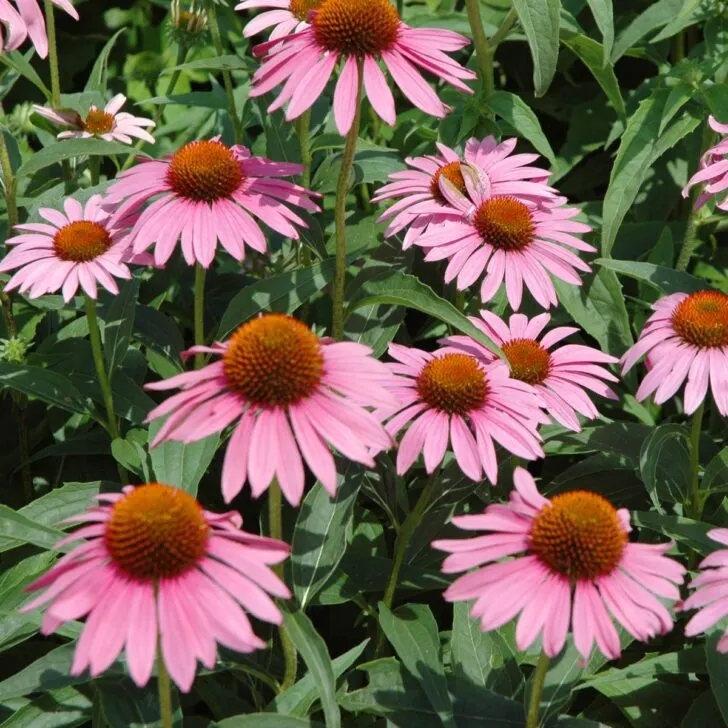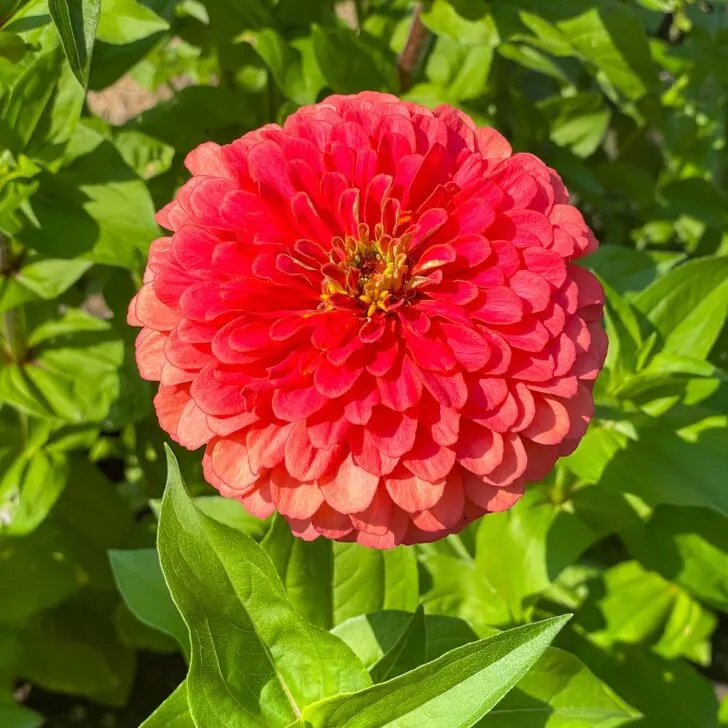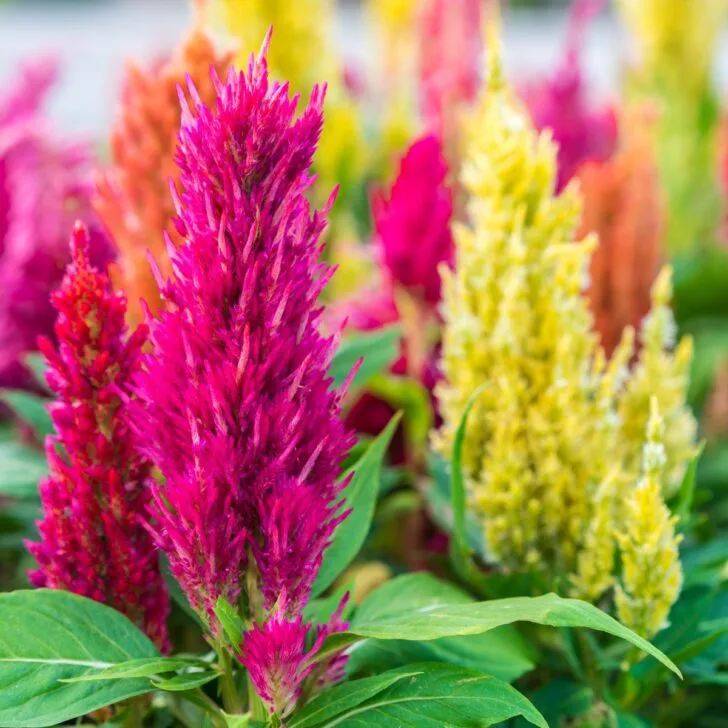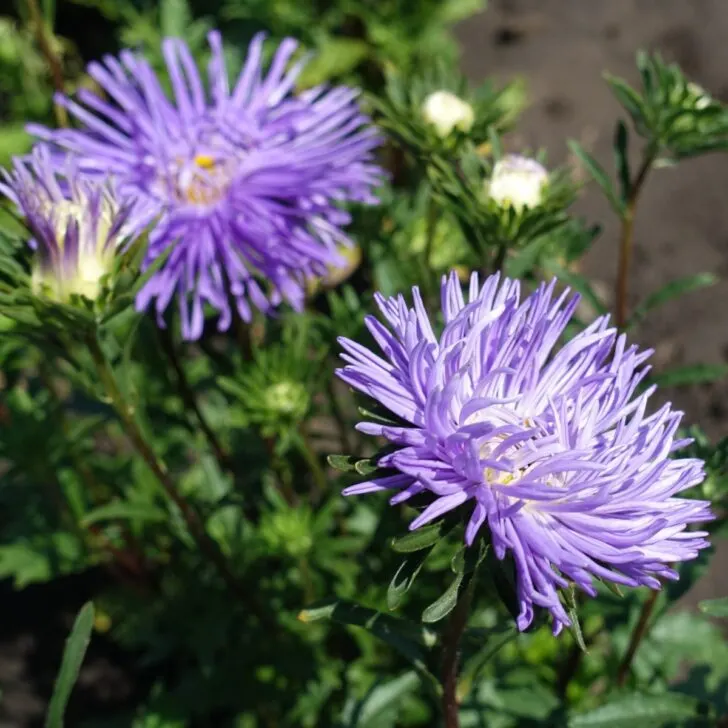Learn how to grow candytuft from seed and fill your garden with this beautiful groundcover for a fraction of the price!
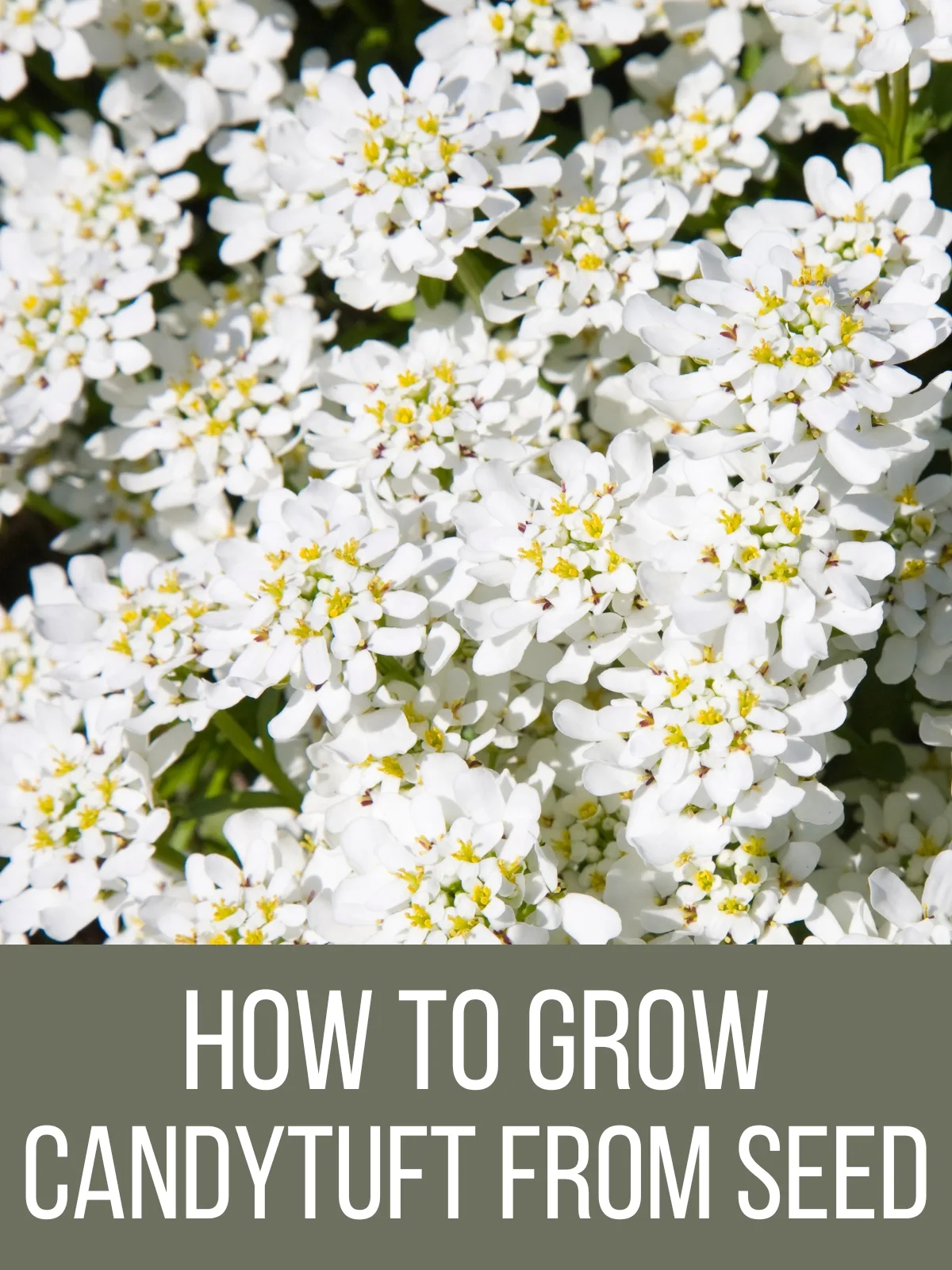
Candytuft is one of those flowers that can instantly brighten up a garden with its delicate clusters of white, pink, or purple blooms. It's easy to grow, low-maintenance, and attracts plenty of pollinators, making it a great choice for flower beds, borders, and rock gardens.
But buying a huge flat of plugs can get expensive! That's why this year, I'm growing candytuft from seed. For just a few dollars, you can grow dozens of plants that fill the gaps in your garden with color.
Best of all, once you've planted this gorgeous groundcover, it will self-seed in the same spot year after year! Here's how to grow it!
Direct sowing
Candytuft seeds can be sown directly in the garden in early spring after the last frost or in fall if you live in a mild climate.
Scatter the seeds over well-prepared soil and lightly press them down. They need light to germinate, so avoid burying them too deep-just a thin layer of soil or compost will do.
Water gently and keep the soil moist until the seeds sprout, which usually takes about 14 to 21 days.
Starting indoors
I always have better luck starting seeds indoors, where I can control the heat, light and humidity levels. Our backyard greenhouse is full of seedlings in late winter and early spring, with healthy plants ready to go when the ground warms up.
You can plant candytuft seeds indoors about six to eight weeks before the last expected frost. Use seed trays or small pots filled with damp, well-draining seed-starting mix.

Press the seeds lightly into the soil and mist them with water. Place the trays in a bright, warm location (around 65-70°F). It gets dark really early in winter, so consider adding grow lights over your seedlings to give them enough sunlight.
Mine sprouted much faster than the 10-20 days indicated on the seed packet! They quickly outgrew their original seed tray, so I potted them up into larger containers where they'll stay until the weather warms up.

After they develop their first set of true leaves, you can start fertilizing them. I pour a half dose of liquid fertilizer into a spray bottle and give them a good soak once a week until they're ready to go outside.

When to transplant
Candytuft seedlings should be moved outdoors after the danger of frost has passed and nighttime temperatures stay above 50°F. This is typically in mid to late spring, depending on your climate.
Before transplanting, seedlings need to be hardened off. This process takes about a week and helps them adjust to outdoor conditions. Start by placing them outside in a sheltered spot for a few hours each day, gradually increasing their time outside and exposure to sun and wind.

I place mine on a bench right outside the greenhouse door where the seedlings are protected from strong winds that may snap the stems. Over the next week or so, I'll gradually increase the amount of time they spend outside until they're acclimated to their new environment.
How to plant candytuft
Candytuft prefers full sun and well-draining soil, although it can handle a bit of dappled shade. Pick a location with at least 6 hours of direct sunlight per day.
While the seedlings may look tiny now, the plant will spread out to at least a foot in diameter, so space them out accordingly. I'll be tucking mine into the cracks and crevices of our rock wall so it can drape down the sides like this.

Once established, candytuft is drought-tolerant and requires minimal care. Just keep an eye on them as they adjust, and soon they'll start filling your garden with beautiful blooms!
Check out these other seed starting tutorials!

